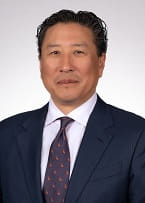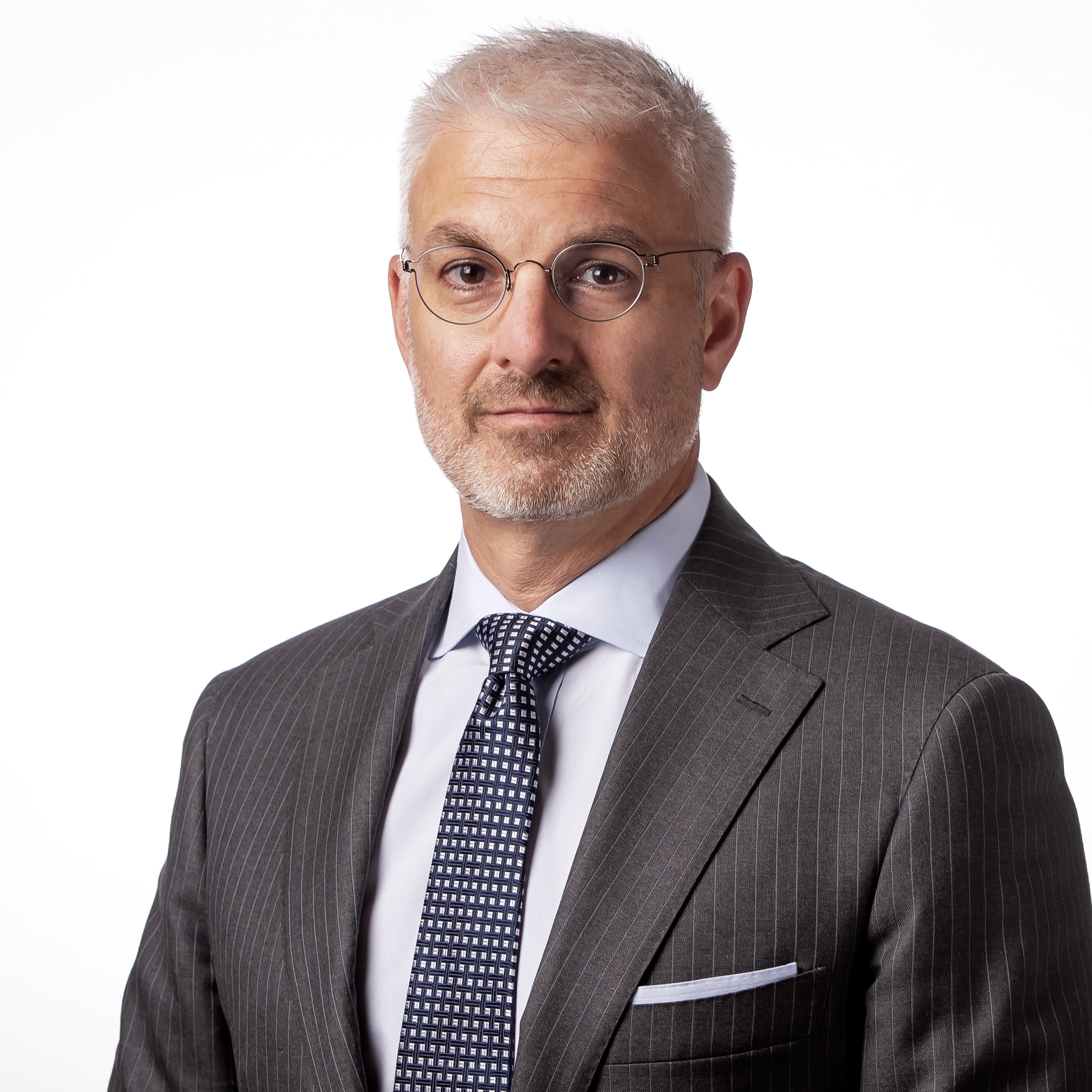STRATEGIC PLANNING & BUSINESS DEVELOPMENT
Major Hospital Acquisition Highlights Challenges of Integration
In March 2019, the Medical University of South Carolina (MUSC) completed its acquisition of four hospitals from Community Health Systems (CHS), the end result of a complicated series of steps that was orchestrated with the help of Eugene Hong, MD, the chief physician executive at MUSC Health, and Anthony Powell, the managing director of Knowledge Capital Group, a strategic advisor focused on health care institutions.
Speaking at the SHSMD 2023 Connections annual conference, held last September in Chicago, Powell and Dr. Hong reviewed their intricate acquisition journey, from concept to completion. Mergers and acquisitions activity continue to be robust, despite a temporary dip during the COVID-19 pandemic.
“There are a lot of reasons that drive these mergers, including controlling costs, accessing greater revenue and expanding into new markets,” Powell says, noting that private equity firms are heavily invested in these acquisitions. “We also think we are going to see more movement by academic medical centers, like MUSC, who will extend their reach through partnerships with community hospitals.”
Powell predicted continued growth in the development of nontraditional entities, increased concerns by boards of directors over the actual return on investment of these acquisitions and a heightened focus by community hospitals on strategies to stay resilient in local markets.
The MUSC acquisition of the hospitals—Chester Regional Medical Center, Carolinas Hospital System in Florence, Springs Memorial Hospital in Lancaster, and Carolinas Hospital System-Marion in Mullins—provides a case study of what to expect with such a merger.
 |
 |
| Eugene Hong, MD | Anthony Powell |
Reviewing the Deal
Leadership at CHS first presented the acquisition opportunity; discussions at MUSC subsequently were limited to a small group of senior leaders. At this point, the first of three phases of the acquisition began: deal presentation and due diligence.
MUSC was attracted to the deal for a variety of reasons. First, the MUSC acute care hospital campus, with 779 beds, is situated along the Atlantic Coast in Charleston, with 86 ambulatory sites and affiliations with four other regional hospitals and community systems in the nearby region. However, as Dr. Hong explains, MUSC was not ideally situated.
“For over 100 years, MUSC has been on the coast of South Carolina. So half of our catchment area is basically the ocean,” he notes.
By acquiring the set of hospitals, MUSC would gain more than 900 new inpatient beds and 250 health care providers, increase patient volume by 50% or more, and have more than 150 ambulatory care sites, all of which would be located 200 miles or farther inland from the MUSC main campus. The addition of the hospitals would open up a new market.
The MUSC review included assessments of financials and requests for data to CHS. Formal due diligence checklists were created, emphasizing leadership and hospital systems. Documenting why an acquisition should be made is important to the process, as is getting comfortable with making assumptions while realizing that there is a tendency to be overly optimistic.
Setting the Due Diligence Clock
In the end, MUSC decided the acquisition rationale was strong in several areas (Table). MUSC leaders then gave the go-ahead, signed a Definitive Agreement with CHS and moved on to the next phase of the purchase: planning and readiness. A letter of intent was signed and a due diligence clock, set at 90 days, commenced.
The timeline was arduous but mandatory. The original small group of top-tier executives was expanded significantly so that separate groups could focus on specific domains. An Integration Steering Committee (ISC) was set up, whose roles included reviewing “day 1” plans, for when the acquisition would be implemented; reviewing budget requests; guiding transition planning; and communicating with CHS. An Integration Planning Office monitored day 1 readiness; prepared for integration activities; oversaw the transition of processes and systems; monitored functional areas; and responded to risks and related issues.
The functional areas (e.g., finance, risk and compliance, pharmacy, information solutions, human resources, etc.) were a set of domains within the hospital system that would need to overcome tactical and logistics challenges to be ready to go on day 1. It is important to realize that areas where the purchasing hospital is not as strong pre-expansion should be addressed as part of the process.
“On the first day you will own these hospitals,” Powell says. “These are community hospitals. Are all their workflows and processes the same as those in an academic medical center? Probably not—and you have just 90 days to work to identify areas of inconsistency and collaborate to find alignment.”
There were meetings and more meetings. “The ISC met three times a week for two hours,” Dr. Hong remembers. “We met just to manage all these different work streams, and I think, in hindsight, that was very key. We probably met excessively just to make sure we could accomplish everything we wanted to accomplish. But ‘change management’—that’s an understatement.”
The final degree of integration varied among functional domains. Payor contracts were completely centralized, as were IT processes and services. Nursing, however, remained decentralized, with individual hospitals managing their own nursing populations. Each functional area had to determine what would be the optimal level of their integration on day 1.
Some interesting problems presented themselves. For instance, what to do about the hospitals’ boards of directors? “Each of these hospitals had a local board of directors,” Dr. Hong explains. “When they joined MUSC they became non-fiduciary boards, and we kept them intact in order to get local buy-in and local engagement.”
The Time for Integration Arrives
Finally, after much research and discussion, the deal was formalized and the third and final phase of the acquisition commenced: integration and operationalization. Day 1 dawned, and the integration plans that had been created were put to the test. For example:
- all hospitals converted to Epic medical software, which required “at-the-elbow” technological support;
- the revenue cycle originally reverted to paper for the first several months before transitioning to digital; and
- compliance training was required for in-coming hospitals to match that given MUSC providers.
In the end, there were many benefits derived from the acquisition, including improved negotiated rates with major payors; better purchasing rates; heightened interoperability; a newly centralized pathology department; and an in-house pharmacy and aligned formularies, leading to cost savings. Powell notes that getting the revenue cycle up and running quickly helps mitigate any unforeseen financial risks. Mistakes, he adds, are going to be made.
“So now the deal is done, and on day 1 you go to launch and hope that all the planning you did actually works,” Powell says.
“It’s like a dog chasing a car,” Dr. Hong adds. “We get the final approval and we close on March 1, 2019, so, basically, we are the dog and we caught the car. But what do you do then?”
The answer to that comes with careful planning.


